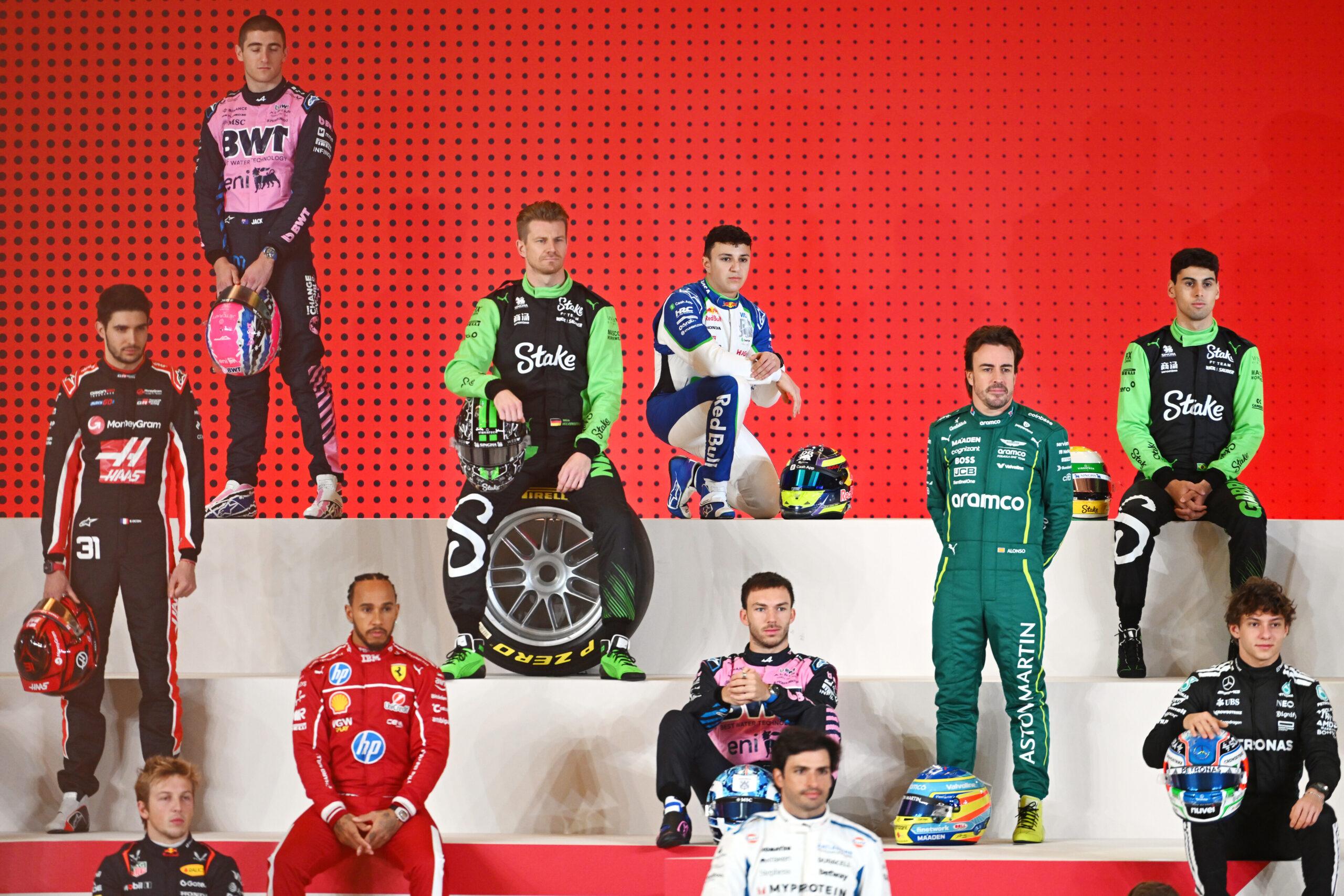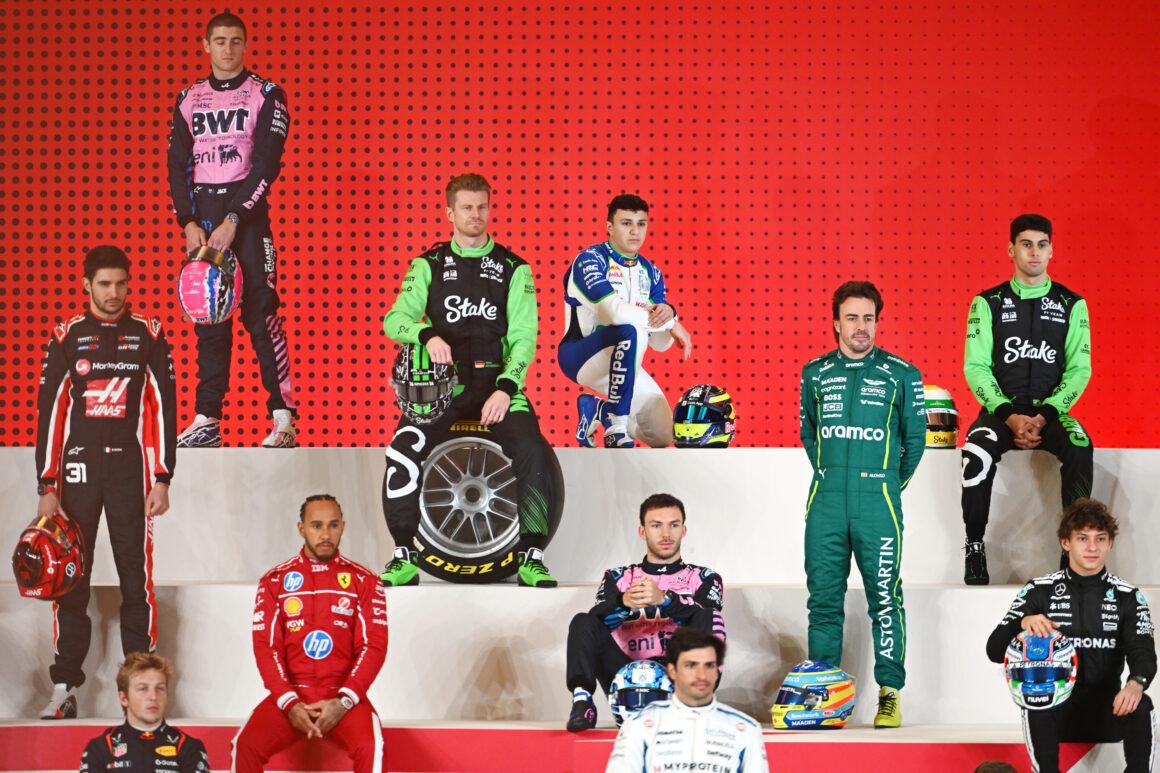Formula 1 sells speed. But make no mistake: it also sells danger. Some circuits don’t just test car performance — they test survival instincts. And despite safety revolutions, a few of the most savage tracks are still on the calendar. Lights out and away we… oh wait, the risk already won.
So which tracks earn the “don’t blink” badge? From old-school monsters to modern knife-edge streets, here’s the unvarnished truth. Grab your popcorn. The plot thickens faster than a team’s excuse list.
Punishing Legends Still On The Calendar
Some shrines to speed refuse to retire. They’ve been softened, sure. But not tamed. These places still punish hesitation and reward bravery with tenths — or a trip to the barriers. The competition? Reduced to expensive spectators when they get it wrong.
And yes, they’re still here because fans adore them, drivers respect them, and the sport needs them. Tradition with teeth. File this under: Yikes.
Spa-Francorchamps: Speed, Elevation… and Risk
Spa is the track your simulator warns you about. Eau Rouge–Raidillon forces drivers to commit like they mean it, with elevation changes that mess with grip and vision. Add weather that shows up like that friend who always causes drama at parties, and you’ve got chaos on demand.
History backs the fear. Fatal accidents in junior series, huge shunts in the wet, and a layout that still bites despite upgrades. Yet Spa remains on the calendar, because F1 without Spa is coffee without caffeine. Brutal, beautiful, borderline unfair — and we can’t stop watching.
Suzuka: Technical Gem, Dark Edge
Suzuka is flow at the limit. The Esses, Degners, Spoon, and 130R demand inch-perfect precision. Miss by a hair and you’re meeting the barriers. Drivers love it because it rewards nerve and rhythm. Teams fear it because it exposes everything.
The 2014 tragedy involving Jules Bianchi left a permanent scar and forced safety reforms. Suzuka stayed. Because motorsport didn’t forget — it adapted. Every lap here is a trust fall with physics. And physics is moody.
Monza: The High-Speed Temple
Monza is speed therapy. Long straights, savage braking, and Curva Grande daring you to be brave. It’s the sport stripped raw: aero trimmed, hearts racing, braking zones that separate contenders from passengers.
The history is heavy with big crashes and bigger moments. It’s part of F1’s DNA, and it still snaps at mistakes. Lights out and away we… oh wait, the slipstream just decided your race for you.
Zandvoort: Narrow, Banked, Unforgiving
Zandvoort came back with banked turns and attitude. It’s tight, fast, and relentless. Minimal run-off. Track width that laughs at modern car size. Racecraft becomes chess in a phone booth.
It’s not a horror story from the 70s, but for today’s cars and pressure-cooker starts, Turn 1 is a collective breath-hold. Mental intensity? Off the charts. Somewhere, a PR manager just had a minor stroke.
Modern Street Killers
Don’t let the skyline fool you. Street tracks hide surprises behind every wall and blind kink. High speeds plus concrete is a pairing even thrill junkies respect. Bold strategy: do exactly what lost you the last three races? Not here.
Today’s cars are fast, wide, and twitchy. That makes these places a white-knuckle ride. Margin for error? Nonexistent. Welcome to survival mode.
Jeddah Corniche Circuit: Flat-Out With Nowhere To Hide
Jeddah is a paradox — a “street” circuit that’s one of the fastest on the calendar. Sweeping, blind bends funnel you into walls at full chat. Drivers have called out killer kerbs and sightlines that give you half a heartbeat to react.
Big accidents have already underlined the risk. Changes helped, but the DNA remains savage. Jeddah didn’t just arrive — it kicked the door down and asked who brought spare front wings.
Baku City Circuit: Drag Strip Meets Alleyway
Baku is two tracks stitched into one fever dream. A castle section barely wide enough for ego, and a mega-straight where cars flirt with 330+ km/h. Plus, the pit entry overlap raises the stakes if anything goes wrong late.
Tyre blowouts, safety cars, last-lap chaos — Baku collects wild afternoons like they’re Pokemon cards. One mistake and you’re dead? Hyperbole. But the walls don’t do forgiveness.
The Crown Jewel With Fangs
Monaco is slow on the stopwatch and fast on consequences. Touch the wall and you’re done. Miss qualifying and you’re wallpaper. It’s part race, part tightrope act.
Does it belong? Absolutely. Precision like this is rare. And when rain comes to play, the race turns into an elimination game.
Monaco: Zero Margin, Full Exposure
Short lap, narrow lanes, blind exits. The safety car has a standing reservation. Overtakes? Good luck. Quali here is tighter than a bank vault and twice as stressful.
The walls have long memories, and they collect signatures yearly. Still the most prestigious podium in racing. Still a monster in a tuxedo.
Old Gods Of Danger: Retired or Tamed
Some circuits were so unhinged, F1 simply moved on or cut them down to size. The legends still loom over the sport like storm clouds over a title fight. We race safer because these places taught hard lessons.
Nostalgia says bring them back. Reality says no thanks. Progress isn’t always popular, but it’s necessary.
Imola: Tragedy Forged Its Future
Imola is adored for its old-school flow and speed. But 1994 changed everything, with fatal accidents that shook the sport to its core. The layout was altered, the danger mitigated — not erased.
Back on the calendar, still demanding, still fast. Imola is a memorial wrapped in asphalt, telling F1 to be brave and smarter at the same time.
Hockenheim (Old) and the Nordschleife: The Untouchables
The old Hockenheim blasted through forests at full throttle, with tiny chicanes pretending to help. It got tamed for sanity. The soul remains, if a little domesticated.
Then there’s the Nürburgring Nordschleife, the Green Hell. Over 20 km, 170+ corners, blind crests, zero forgiveness. Incredible for cars. Indefensible for modern F1. We salute, we test, we don’t race.
Danger Meter: Past vs Present
Not all fear is created equal. Some tracks threaten with speed, others with walls, others with weather roulette. Here’s the snapshot — brutal and honest.
- High-speed risk: Monza, Spa, Jeddah
- Technical punishment: Suzuka, Imola
- Street-wall peril: Baku, Monaco
- Weather chaos: Spa, Suzuka
- Historic danger icons: Nordschleife, old Hockenheim
So… Should F1 Still Race These Circuits?
Short answer: yes — with brains. The sport has evolved, and so have the circuits. But the soul of F1 isn’t a sanitized parking lot. It’s the edge. And the best tracks still bring that edge, now with smarter safety around it.
Kill the danger completely and you kill the spectacle. Ignore it and you court disaster. The balance is hard, necessary, and ongoing. Somewhere between Spa in a storm and the Green Hell lies the sweet spot. And that’s where F1 should live.

